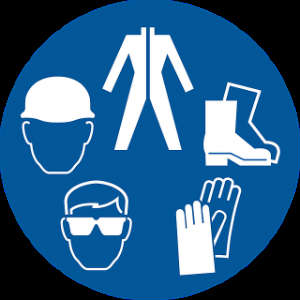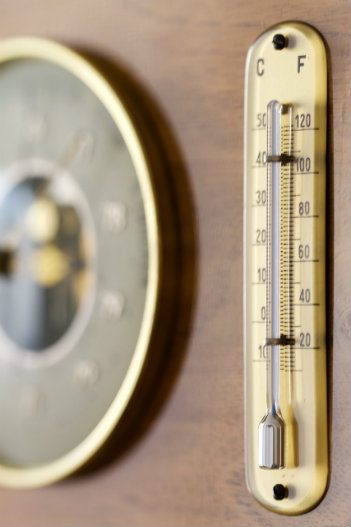Nail guns are simple-to-use but nonetheless powerful tools. As a result, it should come as no surprise to learn that they see plenty of use whenever and wherever nailing is needed. This, in turn, means that nailgun accidents are much more common than people would like them to be. In fact, the CDC claims that nailguns are responsible for an estimated 37,000 emergencies on an annual basis, with 68 percent of such incidents affecting workers and 32 percent of such incidents affecting consumers.
Triggering Mechanisms: Contact Trip And Sequential Trip
This is a serious problem because nail gun accidents can cause serious damage. After all, nail guns are designed to drive nails into a wide range of construction materials, meaning that all models have to be able to do so with incredible force. For example, pneumatic models can penetrate stressed concrete with nails as long as 10 cm at velocities as high as 1400 feet per second.
More powerful models that use explosive charges to propel their projectiles are capable of providing, even more, power. Most of the time, nail gun injuries are inflicted upon the non-dominant hand, which is often used to stabilize the surface that is being nailed. However, there have been cases when nail gun injuries have proven to be lethal because of the nails having been driven into much more unfortunate locations.
Since such incidents come with the potential for legal liabilities, businesses should make a serious effort to prevent them, which starts with reading up about the risk factors that contribute to nail gun accidents. One such example is the choice between what is called a nailgun contact trip and a sequential trip, which refer to the nosing of the nailgun.
What Is A Nailgun Contact Trip?
In brief, a nailgun contact trip means that the nailgun will drive in a nail whenever both its nosing and its trigger are depressed at the same time. As a result, it enables a practice called bump nailing. Bump nailing is when the user holds the trigger and then bumps the nosing against the surface again and again.
Bump nailing sees frequent use because it results in the fastest nailing, but that speed increases the chances of nailgun accidents as well. Sometimes, this is because the user slips and falls. Other times, this is because an individual either forgets to let go of the trigger or bumps the nosing against a surface that is hard enough to cause recoil. Whatever the cause, nail guns that can drive nails into construction materials are more than capable of doing the same with flesh, meaning that in this particular case, increased efficiency comes at a high cost in more than one sense.
What Is A Sequential Trip?
In contrast, a sequential trip means that the user has to depress the nosing against the surface, pull the trigger to drive in a nail, lift up the nosing from the surface, and then repeat the sequence of steps to drive in another nail. As a result, while nailgun accidents can still happen with sequential trips, such incidents are less common. This is because it is more difficult to cause an accidental nailing and there is more time for conscious thought. While a sequential trip does result in slower nailing than a nailgun contact trip because of the increased motion, this gap between the two is something that can be mitigated to an extent with practice, thus ensuring the best of both worlds.
What Is The Difference?
Summed up, there are two main differences between nailgun contact trips and sequential trips. First, nailgun contact trips are faster, which is why construction firms like them so much in spite of their risks. Second, nailgun contact trips are more dangerous, which is why there are organizations out there that recommend against their use. In fact, nailgun contact trips are so much more dangerous than their sequential counterparts that the chance of nailgun injuries while using nailgun contact trips is twice as high as the chance of suffering the same while using sequential trips. Therefore, making for a rather sobering statistic, to say the least.
While businesses have an understandable interest in making their work as efficient and effective as possible there are other issues to consider. The fall in productivity, as well as the potential legal liabilities that come with nailgun injuries, mean that the decision between nailgun contact trips and sequential trips is not as clear-cut in that regard as it seems. As a result, businesses should give the issue some serious thought, while also making sure to research the other risk factors that can contribute to the chances of nailgun accidents while on the job.





